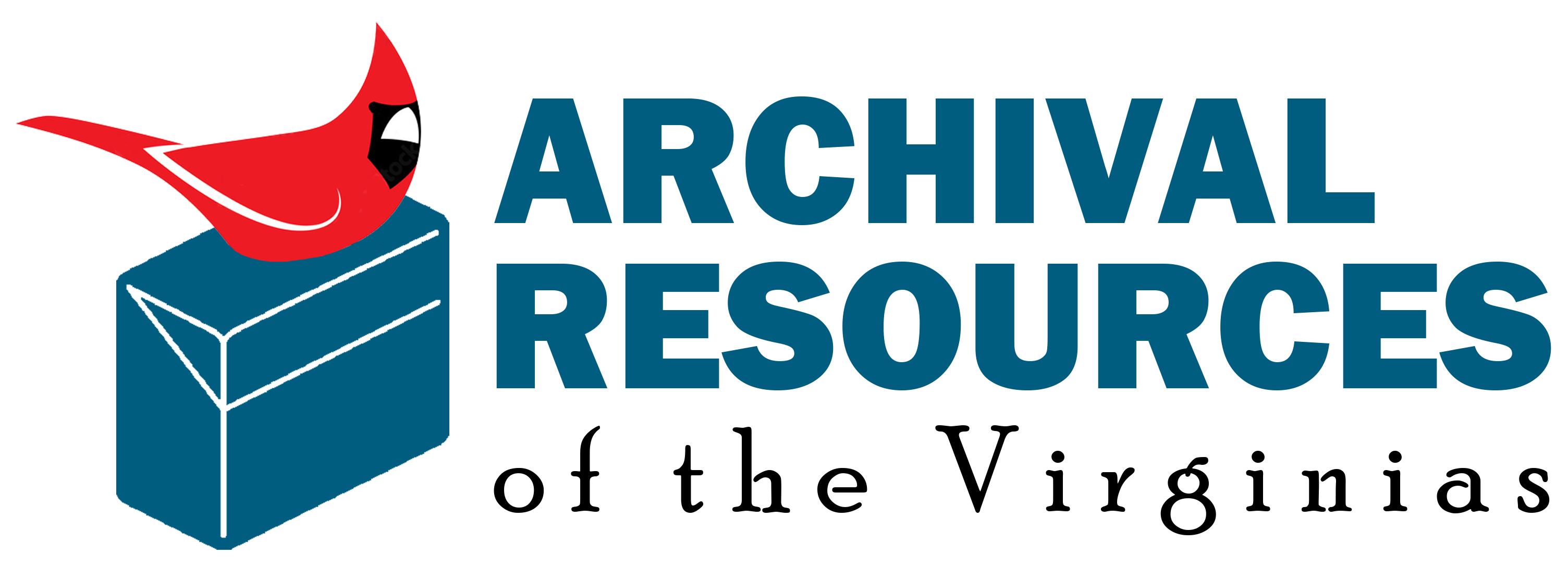A Guide to the Northampton County (Va.) Apprenticeship Indentures, 1727-1748
A Collection in
the Library of Virginia
![[logo]](http://ead.lib.virginia.edu/vivaead/logos/lva.jpg)
Library of Virginia
The Library of Virginia800 East Broad Street
Richmond, Virginia 23219-8000
USA
Email: archdesk@lva.virginia.gov(Archives)
URL: http://www.lva.virginia.gov/
© 2024 By The Library of Virginia. All Rights Reserved.
Processed by: LVA Staff
Administrative Information
Access Restrictions
IN PROGRESS: Northampton County (Va.) Apprenticeship Indentures, 1727-1748, involving Black and multiracial individuals are digitized and available through Virginia Untold: The African American Narrative Digital Collection on the Library of Virginia website. Please use digital images.
Use Restrictions
There are no restrictions.
Preferred Citation
Northampton County (Va.) Apprenticeship Indentures, 1727-1748. Local government records collection, Northampton County Court Records. The Library of Virginia, Richmond, Virginia.
 Acquisition
Acquisition 
 Information
Information 
These records came to the Library of Virginia in a transfer of court papers from Northampton County (Va.) as part of an undated accession.
Processing Information
Northampton County Apprenticeship Indentures were originally described as part of the Northampton County (Va.) Free and Enslaved Records, 1737-1860, but were removed to the present Northampton County (Va.) Apprenticeship Indentures, 1727-1748, record to enhance discoverability in July 2024.
The apprenticeship indentures currently in this collection are believed to have been removed from Northampton County (Va.) Judgments and processed by LVA staff around 2007.
![]() These
These ![]()
![]() records
records ![]() were scanned and indexed by LVA staff for the
were scanned and indexed by LVA staff for the ![]() purposes
purposes ![]()
![]() of
of ![]() digitizing them for the digital project Virginia Untold: The African American Narrative in
digitizing them for the digital project Virginia Untold: The African American Narrative in ![]() 2024
2024 ![]()
![]() .
.
![]()
Encoded by C. Collins: July 2024.
Historical Information
Context for Record Type: In 1765, the General Assembly established that illegitimate children of "woman servants, Negroes, white women by Negroes were to be bound out" until the age of 21 for males and 18 for females. In the late eighteenth century, the General Assembly established the Overseers of the Poor, an appointed body that provided food, clothing, shelter, and medical treatment for people who were too poor to support themselves or too ill to provide for their basic needs. They also bound out children whose parents could not support them and those who were orphaned through apprenticeship contracts. These agreements arranged for white children to be taught a trade or domestic skills as well as educated in reading, writing, and arithmetic. In 1805, the General Assembly amended the previous act to no longer require the master of "black or mulatto orphans" to teach reading, writing, or arithmetic, with the intent that this would prevent Black children from learning these skills.
Locality History: Northampton County was named probably for the English county, of which Obedience Robins, a prominent early resident of the Eastern Shore, was a native. The county, which originally included all of the peninsula south of Maryland and which was one of the eight shires, or counties, first enumerated in 1634, was first called Accomack. The General Assembly changed the name to Northampton County in 1643. Accomack County was created from Northampton County about 1663, but in October 1670, the General Assembly temporarily reunited the two counties as Northampton County. In November 1673, Accomack County was again separated from Northampton. The county seat is Eastville.
Scope and Content
Northampton County (Va.) Apprenticeship Indentures, 1727-1748, consist of contracts or agreements binding out white, Black, or multiracial children, sometimes those who were orphaned, to learn a particular trade or craft. These indentures may be written agreements between the family of the apprentice and those responsible for the indentured. In many cases this includes the direct involvement of the Overseers of the Poor. They typically contain the name of the person or institution binding out, the person to whom bound, the name of the person being indentured, the length of the apprenticeship, and the responsibilities of the person taking on the indenture.
Currently, identified material only includes indentures of Black and multiracial children, though additional apprenticeship indentures concerning white children may remain in unprocessed records.
![]() These
These ![]()
![]() records
records ![]() include the petition, 1727, of Diana Webb (or Diana Manly) requesting "the usual dues," as she had never received them, and
accusing Thomas Savage, to whom she was bound until the age of twenty-one, of neglecting her schooling. [See the UncommonWealth blog for several posts written about the Webb family.]
include the petition, 1727, of Diana Webb (or Diana Manly) requesting "the usual dues," as she had never received them, and
accusing Thomas Savage, to whom she was bound until the age of twenty-one, of neglecting her schooling. [See the UncommonWealth blog for several posts written about the Webb family.]
Additionally, the records are comprised of three indentures: 1740, of William Carter, who was bound out to John Wilson (or Willson), his father (Wilson claimed Carter as his child by Hannah Carter, a woman of color); 1741, of Southy Carter, who was bound to Muns Bishop; and 1748, of an unnamed male child of Catharine Anderson, who was originally bound to Thomas Widgeon. Following Widgeon's passing, Nicholas Campell petitioned the court to bind the child to himself.
Arrangement
This collection is arranged
Series I: Apprenticeship Indentures, 1727-1748, arranged chronologically.Related Material
See also: Northampton County (Va.) Free and Enslaved Records, 1737-1860
Records related to free and enslaved people of Northampton County (Va.) and other localities are available through the ![]() Virginia
Virginia ![]()
![]() Untold
Untold ![]() : The African American Narrative Digital Collection on the Library of Virginia website.
: The African American Narrative Digital Collection on the Library of Virginia website.
Additional Northampton County (Va.) court records can be ![]() found
found ![]()
![]() on
on ![]() microfilm at The Library of Virginia web site. Consult "A Guide to Virginia County and City Records on Microfilm."
microfilm at The Library of Virginia web site. Consult "A Guide to Virginia County and City Records on Microfilm."
